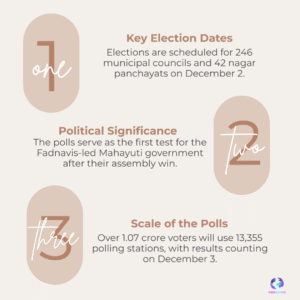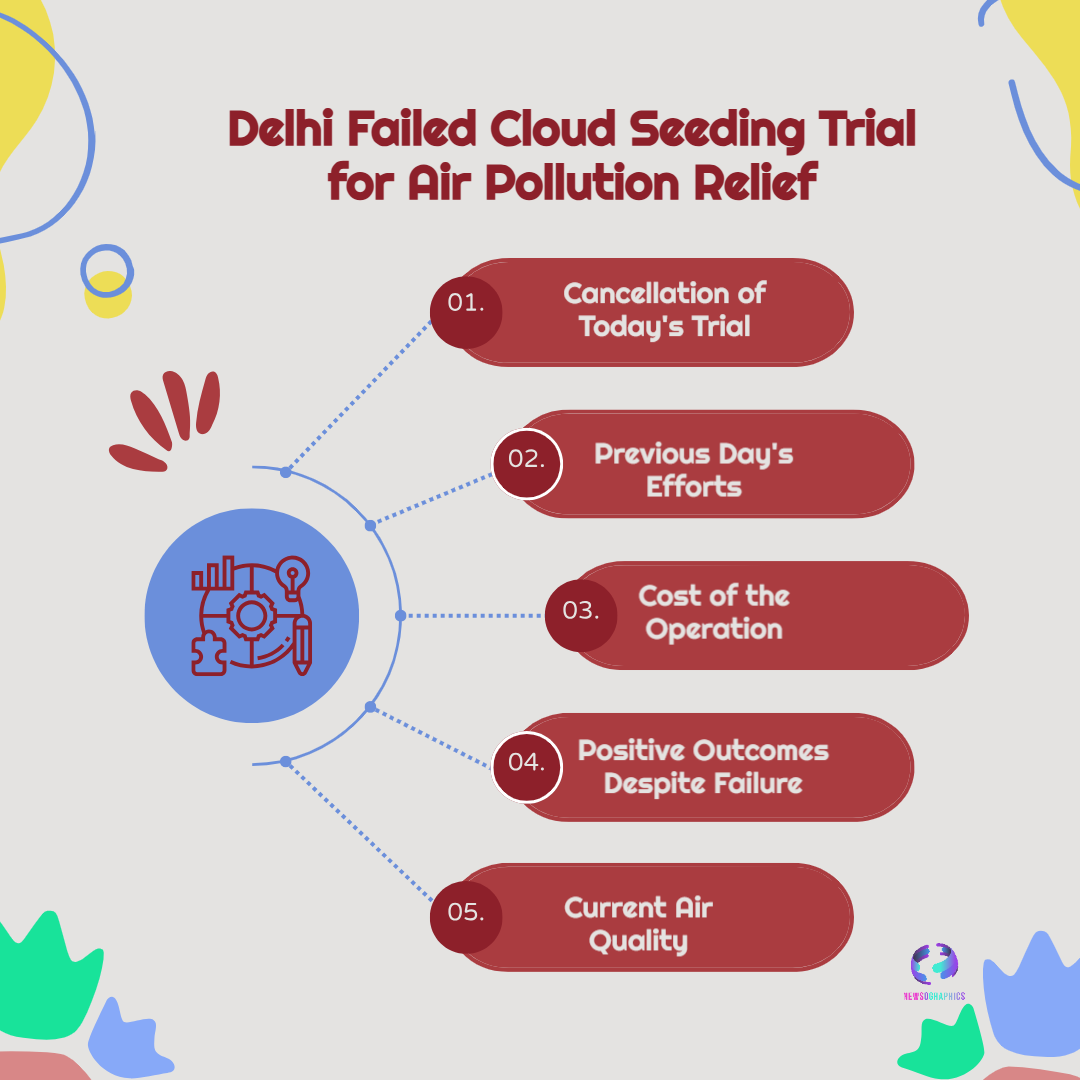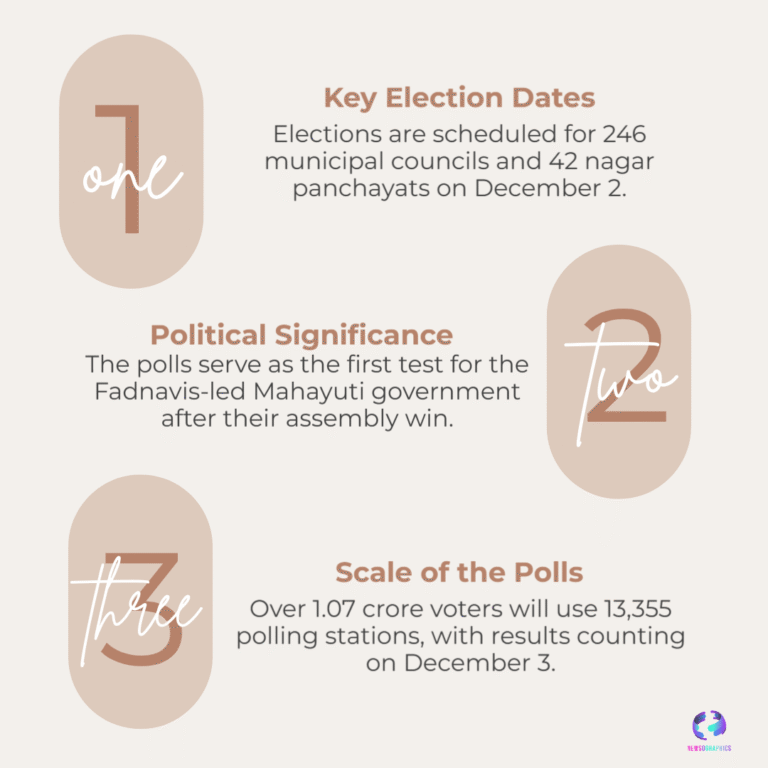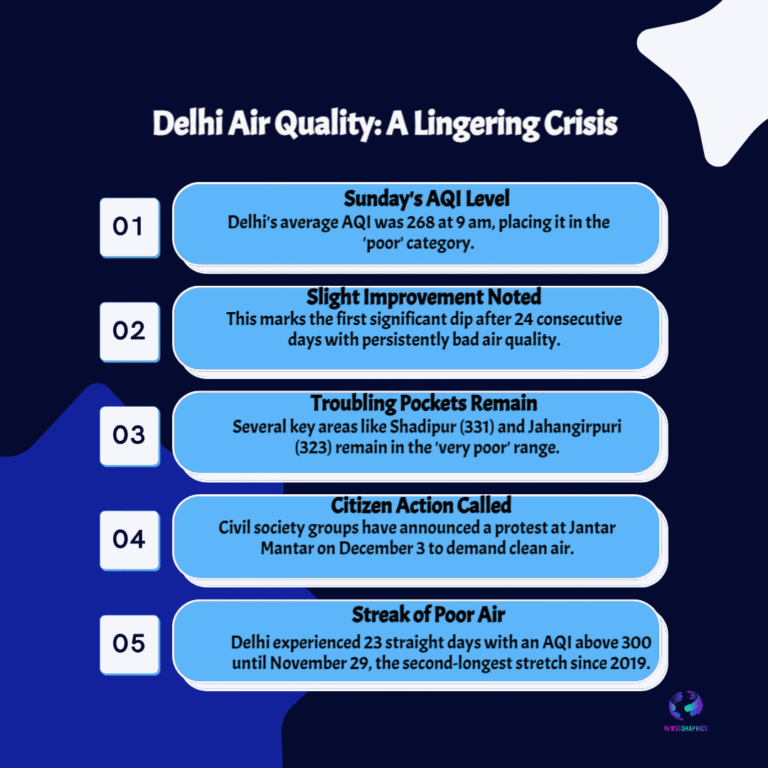IIT Kanpur halts artificial rain trial after two cloud-seeding attempts; limited moisture cut results but reduced PM2.5 by 6–10%. What Delhi residents must know.
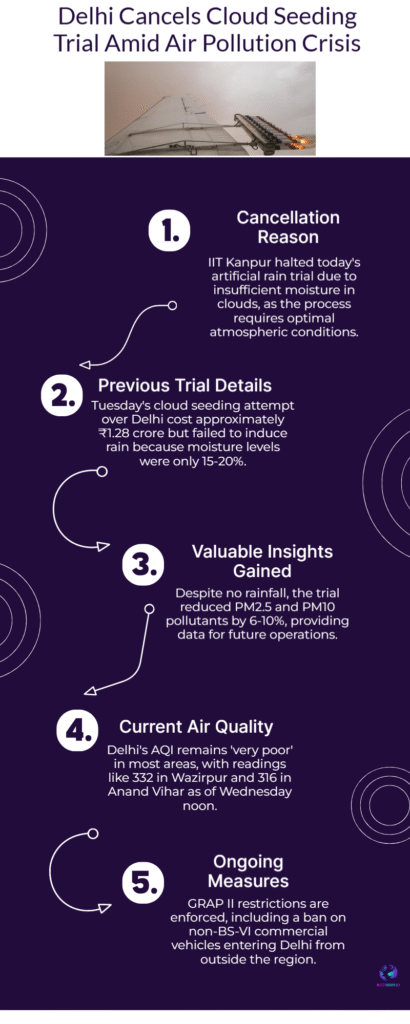
Why Delhi Planned Artificial Rain to Fight Rising Pollution
Two cloud-seeding attempts over Delhi failed to trigger artificial rain, and IIT Kanpur announced on October 29, 2025, that the trial scheduled for the next day was put on hold because moisture levels in the clouds were insufficient. The Delhi government had spent about ₹1.28 crore on the trials conducted with IIT Kanpur; officials said the experiments still produced useful atmospheric data despite not producing rainfall.
IIT Kanpur’s official statement said moisture readings during the attempts were around 15–20%, below the threshold needed for effective cloud seeding. The institute emphasised that cloud-seeding success depends heavily on precise atmospheric conditions and that the monitoring stations recorded measurable changes in particulate matter and moisture. Importantly, sensors registered a 6–10% reduction in PM2.5 and PM10 concentrations during the trial window, suggesting potential air-quality benefits even without rain.
Delhi’s air quality remained in the very poor category in many locations after the trials, with AQI readings such as 316 at Anand Vihar and around 300 at ITO. The city continues to operate under GRAP II restrictions and CAQM norms that limit entry of non-BS-VI trucks. Authorities said the lessons from the trial will inform future cloud-seeding operations and improve planning to maximise benefits when atmospheric conditions permit.



